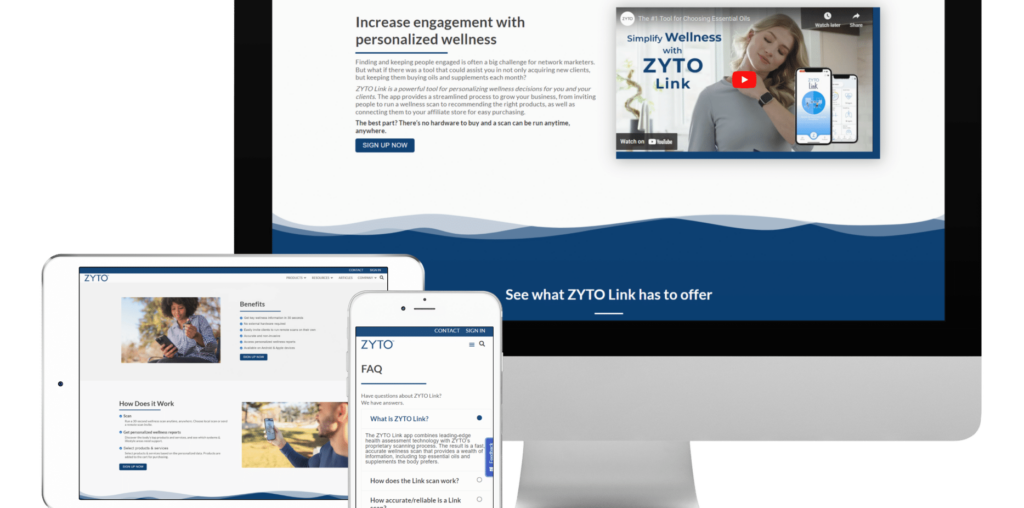The Role of Constraints in Fostering Creativity
As mentioned above, building guide-rails or constraints in your own graphic design, web design, or creative process can actually foster an environment for MORE creativity, not less. When designers and creatives are given boundaries or foundations, we are forced to explore unconventional solutions that we may not have considered if we were busy allocating time and money to managing a client journey or process. Whereas, if the journey is pre-defined and segmented, all of my mental and creative energy can be focused on delivering something truly creative.
Building a creative process with constraints and timelines can help to sharpen your focus when developing your final product, specific brand assets and even help a designer to creatively balance the need for originality with the demand for brand consistency and a familiar experience. This is especially true with Web design. How do you balance a familiar and smooth user experience with being unique? This can be achieved by making the imagery and messaging especially unique, while still using elements and experiences that a user is accustomed to using and knows how to navigate. Constraints can force you to prioritize what matters most and channel that creativity into finding a solutions that is both aesthetically pleasing and functionally effective. Here are some tips and tricks for building our your own creative process and constraints:
Embrace Minimalism When Time is Tight
Focus on the essentials of your design and remove unnecessary elements to meet deadlines without sacrificing quality.
Turn Brand Guidelines into a Creative Challenge
Use strict brand requirements as an opportunity to experiment with creative layouts, typography, or textures while staying within the brand’s identity.
Leverage Mobile-First Design
When faced with technical constraints, start with mobile-friendly layouts and scale up. This often results in cleaner, more user-focused designs.
Optimize for Performance Without Sacrificing Aesthetics
Find ways to reduce image sizes, animations, or unnecessary code to improve site performance while maintaining a visually striking design.
Use Limitations to Spark New Ideas
When client demands or technical issues arise, ask yourself, “How can I use this constraint to my advantage?” Often, the best ideas come from working around limitations.
Experiment Within the Box
Treat constraints as a “box” that you have to work within—push the boundaries of that box to discover unique and creative solutions.
Prioritize Functionality to Inform Creative Design
Let functional limitations guide your design choices, such as creating simple navigation that enhances user experience in complex systems.
Iterative Design: When the Process Refines Creativity
Having an interactive creative process can play a crucial role in helping you to define, refine, and enhance your own creativity. This model promotes prototyping, testing and continuous improvement. Having an iterative design approach allows creatives and designers to test their creatiave ideas early and often with their clients providing feedback. As you are building out your own creative processes, be sure to include time to present your early ideas or drafts and enough time and resources to iterate based on feedback or new information.
This can also help ease or remove the fear of failure or rejection form you clients as you can treat the early version more as rough draft rather than final products. Getting periodic sign-offs from the client is easier and less stressful than presenting your heart and soul as a final draft only to have it rejected by a client or boss. Each round of refinement in your creative process can help to polish up your original concept, and as a result, the process transforms your initial creative sparks into a collaborative creative process for you and the client.
Common Misconceptions: Creativity Without Process vs. Process Without Creativity
The biggest misconception with creativity and creative processes is that creativity thrives in an environment completely free from any structure or boundaries. However, creativity is often times best kindled with a guiding process that can keep you out of chaos, unfinished ideas, and incoherent designs or structures into practical and consistent products. While inspiration and out-of-the-box thinking is essential in the earlier stages, providing yourself with a creative structure to progress and refine is essential to producing a finalized creative idea.

